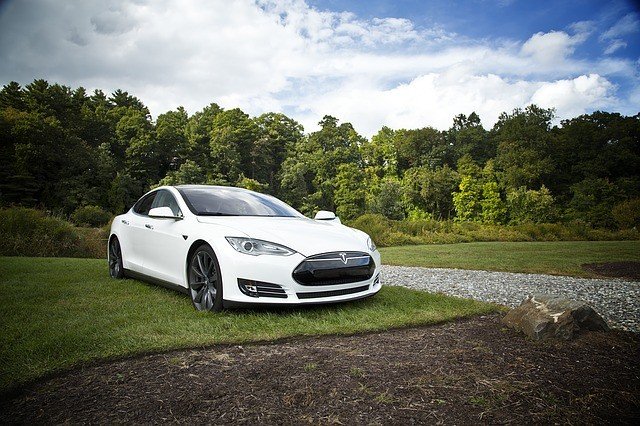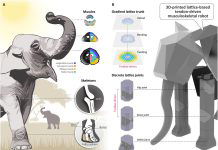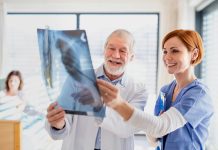
Vehicles are evolving quickly nowadays.
For example, a self-driving car can detect surroundings with various techniques like radar, GPS, lidar, and computer vision.
The car has control systems that can analyze sensory data to distinguish between cars on the road and make an efficient travel plan to get to the destination.
A car also can be equipped with Internet accesses and a wireless local network.
The connections enable it to share the Internet with other personal devices and exchange data with the car manufacturer, home, and office.
The car can also connect with other cars (V2V technology) and the road infrastructure (V2I technology), and drivers will get notifications of crashes, speed, and safety alerts to avoid collisions.
Self-driving and connected cars will revolutionize the automotive industry in the near future.
Nevertheless, we need to design realistic and efficient traffic simulation models for such cars.
Particularly, microscopic traffic models (regarding each car as a separate agent) may help us to design onboard computers for these cars.
In a study published in Transportation Research Procedia, scientists designed a microscopic traffic simulation model for Self-driving connected cars.
In the model, each car is considered as a separate driving unit, and its position and speed are updated locally in time.
As for the car’s motion, researchers simulated driving on perpendicular lanes and turning.
In the model, all information about the environment is accessible to self-driving cars through sensors and V2X communication.
Each car obeys traffic rules and has a route assigned at the beginning of the journey.
During stimulation, cars get information from the environment, plan actions, and move forward.
Researchers suggest that this simulation software can be improved in the future to solve problems in real traffic.
For instance, messages through V2X communications might be distorted or missing, a large amount of data might cause noises, hackers might attack communications, devices might break down, and other traffic participants, such as pedestrians and cyclists, might need to communicate with cars too.
Copyright © 2018 Knowridge Science Report. All rights reserved.



